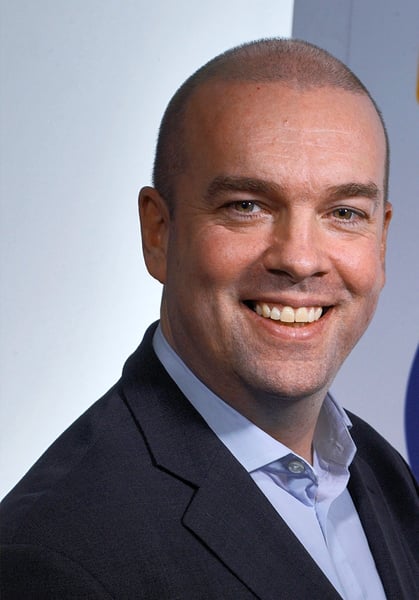Utilising the technology available to both communicate with clients and to ensure you are in the best place possible to take their case forward, is an absolute must.

David Jones is director of Click2Check
One of the ‘joys’ of having to stay indoors at present is you find yourself watching television programmes perhaps ordinarily you wouldn’t, or that you used to but don’t anymore.
As a child, the opening theme tune to Antiques Roadshow would signal something akin to dread as you knew it was school the next morning and you should probably have done your homework by now.
These days it doesn’t induce the same reaction, in fact it’s rather comforting. This week I watched the show and learnt quite a lot about history, notably the fact that during WW2 Bomber Squadrons would take two carrier pigeons on each sortie in case they had to ditch in the sea and needed to send a message back to Blighty.
On one, apparently infamous flight, one of the pigeons had its beak blown off by flak, although the crew got home safely and apparently managed to save both the bird and its beak.
It seemed a huge leap of faith to me that the pilots and crew of these planes were willing to put their trust in a pigeon to inform the authorities of their whereabouts. Thankfully, the tech has moved on quite a lot since then, and I suspect the RAF have rather more sophisticated methods of communication should one of their planes go off radar.
In these times, I expect a large majority of the financial services community are rather glad, not just of the methods of communication which are available to us today, but also the fact that we can – for the most part and with some major caveats – keep on working with clients, distributors, lenders and providers, in order to keep servicing their needs. No carrier pigeons, or equivalent, required in today’s digital age.
Even when face-to-face meetings/communication are not possible in a physical sense, we can all utilise the likes of Zoom, Skype and Microsoft Teams in order to ‘get in front of clients’ and to provide the trusted advice that they have come to depend upon. At a fraught time such as this, we should not under-estimate the connection and communication we have with clients, many of whom are likely to be concerned about their financial situation and what that might mean for their mortgage, their protection cover, and the like.
When we look back at this time, I suspect we will all be counting our blessings not just at our continued health, but also how we were able to utilise technology, online systems and processes, etc, to make things work and keep the world turning
Admittedly, the human element is still a major requirement of many mortgage cases – lenders are increasingly willing to take AVMs however some have no choice but to wait for physical valuations before they can move to offer.
This may well hold up some cases but where advisers might want to steal a march is around the pre-sales work they undertake. Getting the full picture of a client’s financial situation is so important, especially when looking for lenders to place cases with, that it makes sense to work with the client to secure their credit report, credit score and – as a second phase – their six-monthly bank statements.
The best time to do this is when you’re engaged with the client early on, getting their agreement and following an online, tech-driven approach, which can fit within your own CRM. Driving this data into your systems, through a solution like our own Credit Assess product, means you’ll be working from a position of total confidence about the financials of your client.
How many times have you been stung when finding out somewhere down the line that the information presented to you by the client was not as comprehensive as you were led to believe? Having that credit report, combined with the bank statements, allows you to move forward with full, upfront knowledge, allowing you to work without anticipating any potentially nasty surprises.
In this environment, in fact at any other time as well, utilising the technology available to both communicate with clients and to ensure you are in the best place possible to take their case forward, is an absolute must. And understanding the client financials at the earliest possible stage ensures the most efficient use of your time. Let’s do everything we can to ensure our service is not seen as antiquated.



